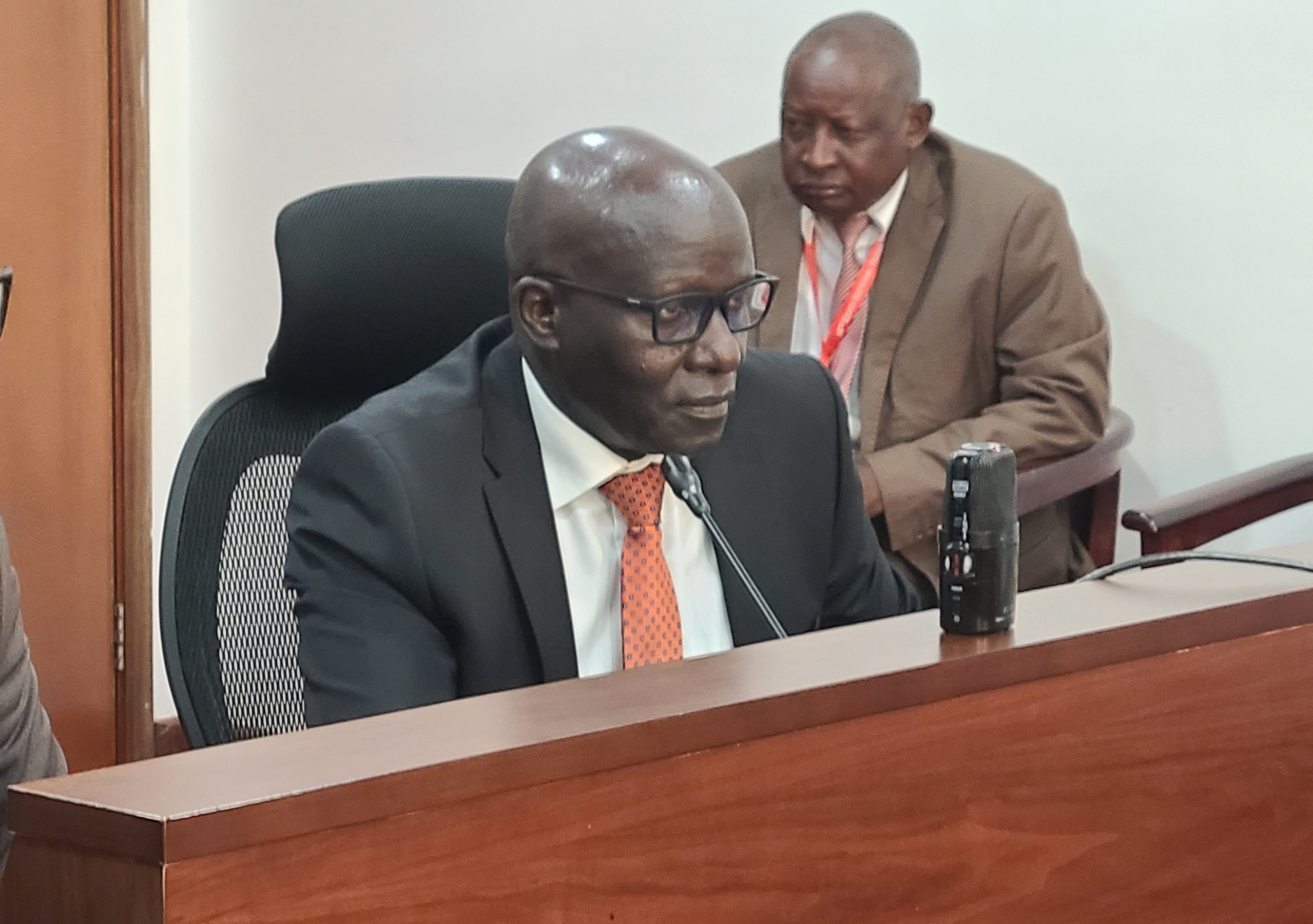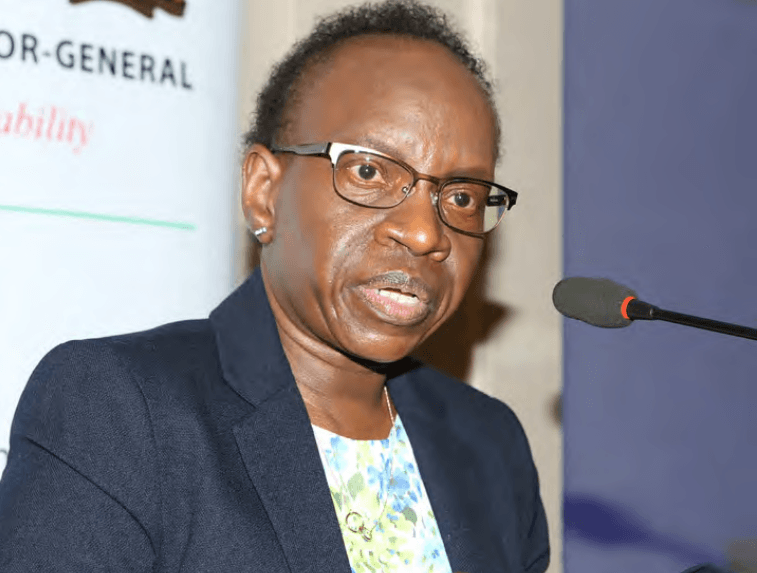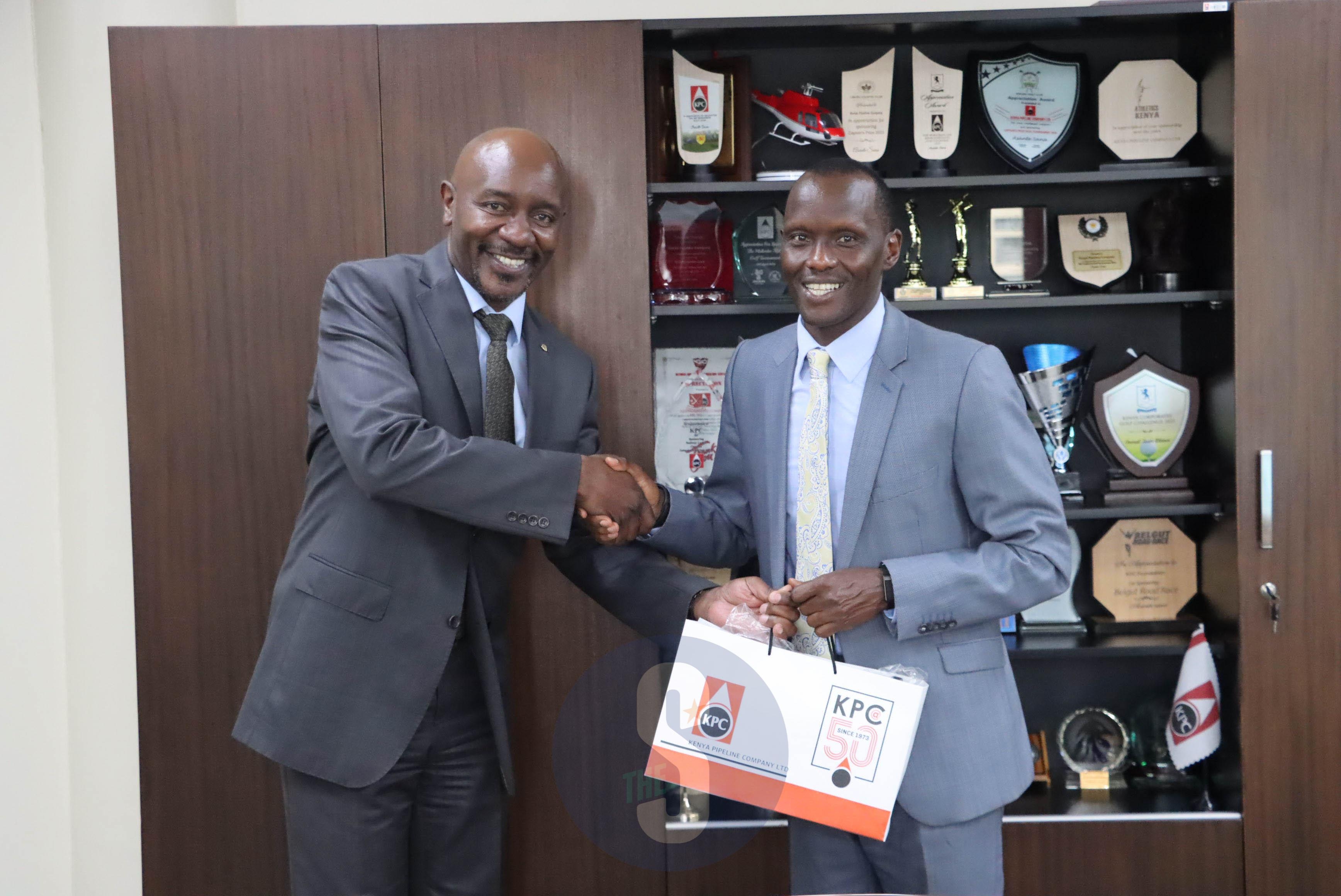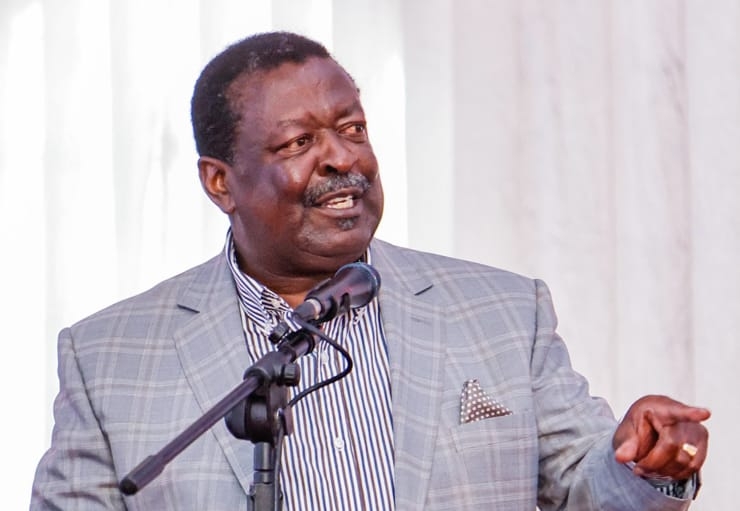Kenya has been ranked the top investment destination in the East African Community continuing its dominance as the region’s economic powerhouse, albeit political risk concerns.
The ‘Where to Invest in Africa 2024 report’ by Rand Merchant Bank Holdings, cites Kenya’s strong fintech status, including mobile payments and agritech coupled with stable economy as among the factors making the country attractive.
The South African based Rand Merchant describes itself as one of the biggest market makers in African financial markets.
Kenya plays a lead role in East Africa, accounting for nearly half of the East African Community’s GDP.
The country however ranks 11th in the continent according to the report, which places Seychelles at the top followed by Mauritius, Egypt, South Africa, Morocco, Ghana, Tunisia, Senegal, Algeria and Algeria which closes the top 10 list of the 31 featured countries.
Tanzania follows Kenya closely at position 12; Rwanda is at 15th while Uganda is ranked 19th in the continent. DR Congo is at the tail end at position 26.
Kenya’s lead position in the region comes amid an ambitious plan by the government to double Foreign Direct Investments (FDIs) in the medium-term, from the $800 million (Sh103.2 billion) worth of FDIs attracted last year, to at least $1.6 billion (Sh206.4 billion).
The current foreign investments are however considered weak based on the size of the economy and the country’s level of development.
The main investors in the country are the United Kingdom (13.5%), Mauritius (11%), the U.S. (10.3%), South Africa (9.8%), and France (5.2%).
The majority of FDI stock is concentrated in finance and insurance (one-third of the total), followed by information and communication (16.1%), wholesale and retail (15.4%), and manufacturing activities (14.8%).
In recent years, the ICT sector has attracted the most FDI, thanks to the arrival of fibre optic. Kenya is also a regional leader in clean energy development with more than 90 per cent of its on-grid electricity coming from renewable sources, mainly geothermal.
The country’s significant investments in solar and wind energy underscore its commitment to achieving SDG 7 (Affordable and Clean Energy).
Geothermal energy accounts for almost half (46%) of electricity generation – more than any other country in the world – and 79.7 per cent of electricity generation in Kenya is from renewables, with the primary source being geothermal.
Kenya, currently the eighth largest geothermal power user, has more geothermal power capacity under construction than any other country, and plans to nearly double overall geothermal power output by 2030 as part of its ambitious green energy goals, signalling cheaper energy costs in the future.
High electricity costs, an unpredictable tax environment and now concerns over political stability in the wake of Gen-Z led protests, are seen to be a major concern for investors.
“Investors will be watching Kenya’s approach to its lowest metric score: political stability. Kenya’s ranking of 25 out of 31 countries reflects political and social tensions that flow from inequality and corruption, as well as the security risks that come with ongoing conflict in the region - including the country’s neighbours Sudan, Ethiopia and Somalia,” the report reads in part.
Signs of improvement in political risk will make the highly diversified economy with growing ICT and finance sectors more attractive to investors, the firm noted.
The report is based on the input of experienced professionals and, in part, on work published in peer-reviewed journals, with a focus on economic performance and potential, market accessibility and innovation, economic stability and investment climate, social and human development.
The Central Bank of Kenya has maintained a positive outlook on the country’s economic growth after the first quarter of 2024 showed continued resilient performance, with real GDP growing by five per cent.
“This reflected continued strong performance in agriculture attributed to favourable weather conditions, and robust performance of the services sector, particularly wholesale and retail trade, accommodation and food services, financial and insurance, information and communication, and real estate,” Governor Kamau Thugge said during Tuesday’s Monetary Policy Committee meeting.
Nevertheless, growth of the industrial sector, particularly manufacturing and construction, slowed down. The growth of the economy is expected to slow down to 5.4 per cent in 2024 from 5.6 per cent in 2023.















